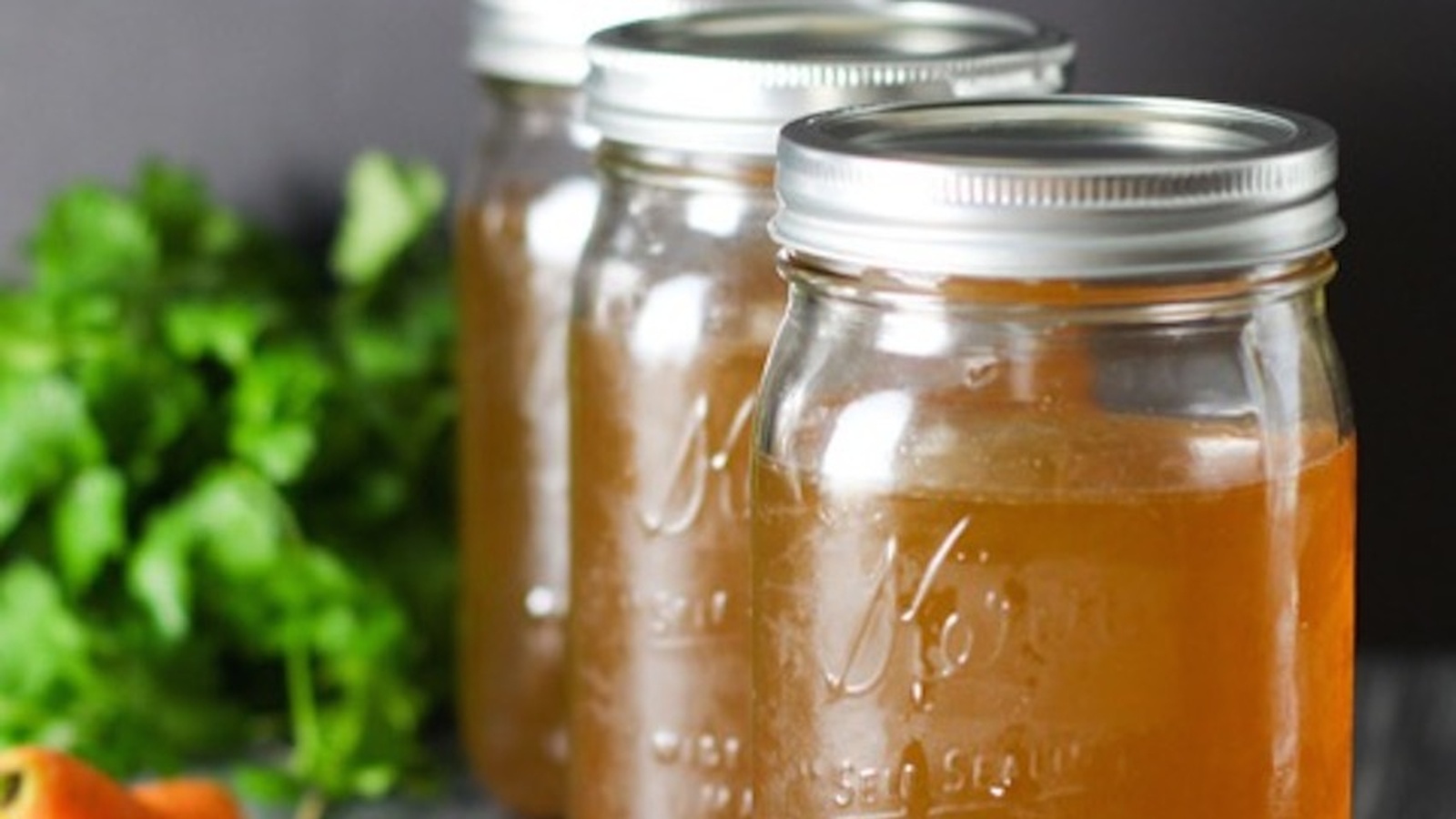A Beginners Guide To Bone Broth
Bone broth is all the rage these days in the world of nutrition and natural healthcare. Alternative cafes are proudly serving it to their customers as demand continues to grow. It is a true health tonic with an impressive list of beneficial healing properties such as improving digestion, boosting the immune system and enhancing the appearance of your skin, just to name a few. I promote it to many of my clients who want to nourish their bodies with easily assimilated / bioavailable nutrients, especially during the cooler months, when it’s the peak of the cold and flu season.
So What Exactly Is Bone Broth?
Bone broth is the result of cooking bones (ideally from grass fed animals) for a long period of time in water until they have broken down enough for the nutrients to be released. These nutrients include the well-known amino acids collagen and gelatin, as well as a wide variety of important minerals.
How Is It Used?
You can use bone broth to cook with instead of water for extra flavor, for example, I like to cook my legumes and whole grains in it, as well as making deliciously satisfying soups. I often add a splash while sautéing veggies or making purees. One of the best ways to enjoy homemade bone broth is to get cozy and sip on it like a warm cup of tea on a cold winter’s day.
What Are The Steps To Make It?
1. Collect a bunch of bones and store them in a bag in the freezer until you are ready to make your broth. Hot tip: save any bones from your weeknight dinners, including the carcass from your weekly roast chicken.
2. When you are ready to make your broth, add the bones to a large soup pot, cover them with water, add a splash of apple cider vinegar, and bring them to a boil on the stovetop on high heat.
3. Optionally add your choice of the following for extra nutrients and flavor: bay leaf, kombu, sea salt, black peppercorns, whole dried chili peppers (or a sprinkle of crushed red peppers), ground spices such as a pinch of turmeric, dried herbs such as oregano, fresh herbs such as parsley sprigs, a couple of raw garlic cloves (peeled), and / or chopped veggies: onion, carrot, celery.
4.Once the water has come to a boil, you can reduce the heat to a gentle simmer for the next 8 hours (or longer if time permits). You will need to top up the water level from time to time as it cooks down. If you don’t feel comfortable leaving the stovetop on when you leave the house, simply turn the heat off and cover the broth with a lid. This keeps the heat in and allows the bones to continue breaking down. When you get back home you can bring the water to a boil again, and then resume the simmering process. Some people make theirs in a crock-pot / slow cooker for convenience.
5.Once the time is up, you can strain the broth and discard the remainder of the bones. Note that the larger the bones, the longer it takes to thoroughly extract the nutrients.
How Is Bone Broth Stored?
You can store bone broth in an airtight container in the fridge for 5-7days, or freeze it for later use (be sure to leave enough room at the top for liquid expansion).
Have You Tried Bone Broth Before? What Are Your Experiences?
Do you have a passion for nutrition & natural healing?. Learn more about the Food Matters Nutrition Certification Program here.


